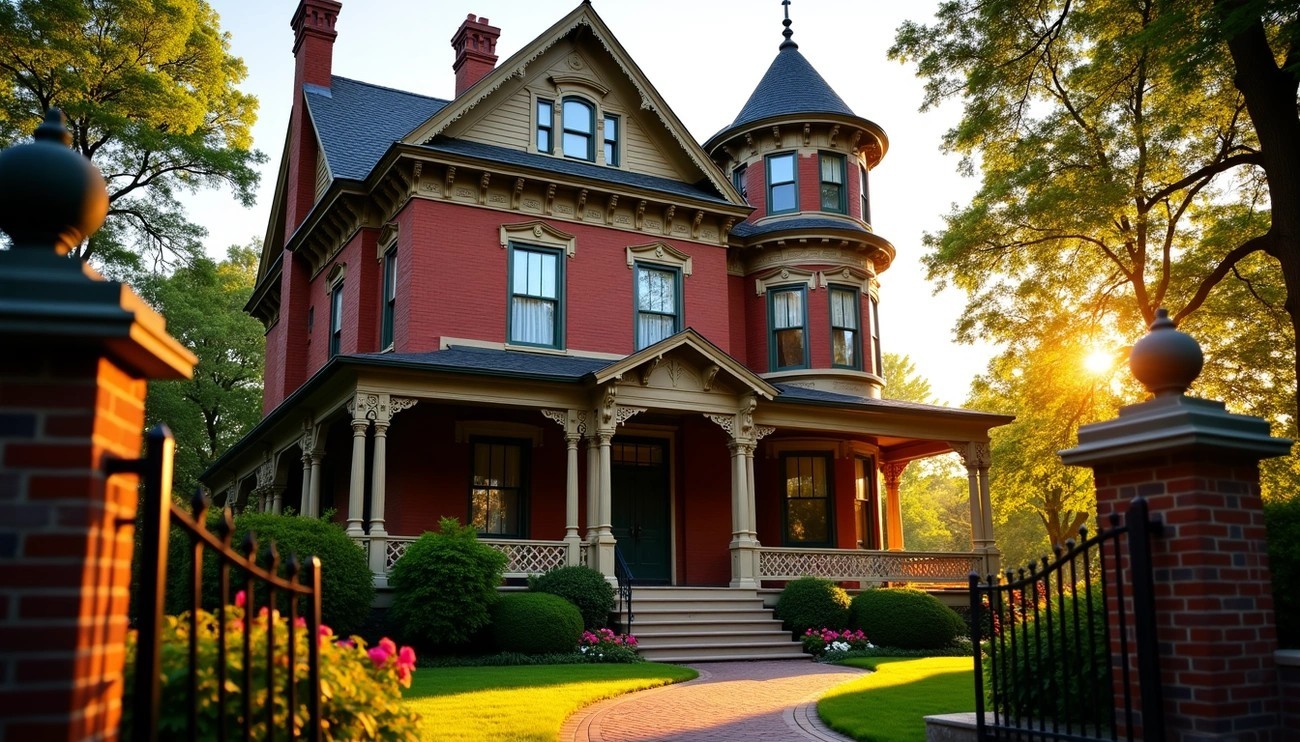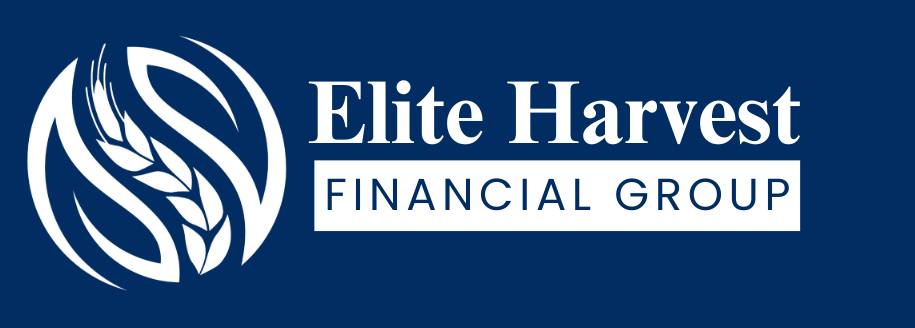Brooklin is one of Durham Region’s fastest-growing communities, with new construction projects from builders like Minto Communities, Fieldgate, and Tribute Homes. Because of this growth, construction mortgages work differently here than in Toronto or the rest of Ontario.
New home construction financing often intimidates first-time buyers with its complex process and unique requirements. Unlike purchasing an existing home, building from scratch involves multiple funding stages, specialized loan types, and different approval criteria that can catch unprepared buyers off guard.
In fact, many potential homeowners in Brooklin abandon their dream of building a custom home simply because they don’t understand how construction financing actually works. The good news? With the right knowledge, navigating this process becomes significantly more manageable.
To begin with, construction loans for new homes typically function differently from traditional mortgages. They involve draw schedules, interim financing, and specific documentation requirements that you’ll need to understand before breaking ground on your new Brooklin property.
Specifically for Brooklin residents, understanding local market conditions, builder requirements, and Ontario-specific regulations can make a substantial difference in both approval odds and loan terms. Whether you’re considering a construction-to-permanent loan or exploring other financing options, this guide will walk you through everything you need to know.
Understanding New Construction Financing
Financing a new construction home requires understanding specialized loan products designed for building rather than buying. These loans accommodate the step-by-step process of constructing a home from the ground up.
What makes new construction loans different
Construction loans fundamentally differ from traditional mortgages in several important ways. While traditional mortgages provide a lump sum at closing, construction loans disburse funds in stages called “draws” as your project progresses. These draws correspond to completed construction milestones, requiring inspections before each payment release.
During construction, you’ll typically make interest-only payments on the funds that have been disbursed, not the entire loan amount. This means your monthly payments gradually increase as more of the loan is utilized.
Additionally, construction loans come with higher interest rates—generally 1% to 5% above traditional mortgage rates. This reflects the increased risk for lenders, as there’s no completed home to serve as collateral if you default. Most lenders require larger down payments for construction loans, typically 20-25% compared to as little as 5% for traditional mortgages.
Approval requirements are also more stringent. Beyond credit and income verification, lenders require detailed construction plans, a project timeline, comprehensive budgets, and often review your builder’s qualifications.
Types of loans available for new builds
Several financing options exist for new construction projects:
- Standalone construction loans (or “two-time close” loans): Short-term financing lasting typically 12 months that covers only the building phase. Once construction ends, you’ll need to obtain a separate permanent mortgage to pay off the construction loan.
- Construction-to-permanent loans (or “one-time close” loans): These combine construction financing and permanent mortgage into a single loan product with one application and closing process. They automatically convert to a traditional mortgage once construction completes.
- Renovation construction loans: Designed for purchasing an existing home that requires significant repairs or renovations, allowing you to combine purchase and renovation costs.
- Owner-builder construction loans: Available if you plan to build the home yourself, though these typically require proven construction experience.
How construction-to-permanent loans work
Construction-to-permanent loans offer a streamlined approach through a two-phase process. During the initial phase, you make your down payment (typically 20%) and begin receiving draws as construction milestones are completed.
For example, a typical progress draw schedule might include:
- First draw: When purchasing land (up to 65% of appraised land value)
- Second draw: Upon foundation and backfill completion
- Third draw: When framing, roof, doors, and windows are installed
- Fourth draw: After electrical, plumbing, insulation, and exterior finish
- Final draw: When the home is 100% complete
Throughout construction, you only make interest payments on the disbursed amounts. Once construction finishes (usually within 12 months), the loan automatically converts to a permanent mortgage with regular principal and interest payments.
The primary advantage of this approach is avoiding two sets of closing costs and application processes. Furthermore, you lock in your mortgage rate at the beginning, protecting you from rate increases during construction. Nevertheless, these loans typically have slightly higher interest rates than traditional mortgages to offset the lender’s increased risk.
For Brooklin residents considering new construction, consulting with lenders experienced in construction financing is crucial to determine which option best suits your specific building plans and financial situation.
Brooklin-specific market considerations
In Brooklin, new construction homes often follow structured deposit schedules rather than requiring the entire down payment upfront. For example, Brooklin Towns requires CAD 27,867.20 on signing, followed by CAD 13,933.60 payments at 30, 60, and 120 days. Some Brooklin developments even extend payment schedules over 9-10 months.
Pre-construction homes in Brooklin typically require deposits of 5-20% spread across several months. Most developers structure payments as 5% on signing, followed by additional 5% increments at specific intervals. This gradual payment approach makes it easier to budget and accumulate your down payment over time.
Remember that when purchasing new construction in Brooklin, your total costs include not just the down payment but also:
- Earnest money deposits (typically 1-5% of the sales price)
- Builder deposits for upgrades or customizations
- Closing costs and prepaid expenses
Saving beyond the minimum down payment requirement provides several advantages, including lower monthly payments, reduced insurance costs, and potentially better interest rates—all contributing to significant long-term savings.
Key Financial Factors Lenders Consider
Lenders evaluate several critical financial factors when reviewing applications for new home construction financing in Brooklin. Understanding these requirements helps you prepare properly and increases your chances of approval.
Your credit score and its impact
Your credit score plays a fundamental role in securing construction financing. Most lenders in Canada require a minimum credit score of 680, though some construction loan providers may require a higher score depending on their specific policies.
Prime lenders typically look for borrowers with solid credit history, primarily focusing on scores of at least 680. A stronger credit score not only improves your approval odds but often secures better interest rates as well. Should your score fall below lender requirements, alternative lending options might still be available, albeit with less favourable terms.
Debt-to-income ratio explained
Your debt-to-income (DTI) ratio measures how much of your monthly income goes toward debt payments. Lenders use this calculation to assess whether you can comfortably manage additional mortgage payments.
In Canada, lenders evaluate two key ratios:
- Gross Debt Service (GDS) Ratio: Your total monthly housing costs shouldn’t exceed 39% of your gross household income
- Total Debt Service (TDS) Ratio: Your total debt load (including housing costs plus all other debts) shouldn’t surpass 44% of your gross income
These ratios must be calculated using an interest rate that’s the greater of either the contract interest rate plus 2%, or 5.25%. Consequently, even if you find a lower rate, your qualification will be based on this higher threshold as a safety buffer.
Employment and income verification
Lenders verify both employment stability and income reliability as part of their assessment process. You’ll need to provide documentation proving your income sources.
Typically, lenders request several Canadian tax documents, which may include:
- Proof of income statements
- Tax information slips
- Notices of assessment
- Statements of income and deductions
For construction mortgages specifically, lenders often examine at least two years’ worth of income information. This historical view helps them confirm consistent earning potential throughout your construction project.
Employment verification might include contacting your employer directly to confirm your position, tenure, and salary. Self-employed applicants or those with variable income may face additional documentation requirements to demonstrate income stability over time.
Understanding these key financial factors enables you to properly prepare your application, potentially saving you time and preventing disappointment in your quest for new home construction financing in Brooklin.
Beyond the Down Payment: Other Upfront Costs
Securing financing for your new construction home involves more than just saving for the down payment. Several other significant upfront costs require your attention and planning.
Earnest money deposit
Initially, when purchasing a new build in Brooklin, you’ll need to provide an earnest money deposit. This good-faith deposit demonstrates your serious intention to complete the purchase. For new construction homes in the area, expect to provide earnest money deposits ranging from 1-10% of the purchase price. Spec homes (pre-designed homes built by developers) typically require 1-3%, whereas fully custom homes often demand higher deposits of 5-10%.
Unlike traditional home purchases where earnest money is paid as one lump sum, new construction earnest money is often structured in phases tied to construction milestones such as foundation completion, framing completion, and drywall installation. This phased approach helps protect both you and the builder throughout the construction process.
Closing costs and prepaid expenses
Alongside your down payment, closing costs for new construction in Brooklin typically range from 3-5% of the purchase price. These costs include land transfer taxes, electronic registration fees, legal fees, and development charges. First-time homebuyers may qualify for land transfer tax rebates, potentially saving thousands.
Prepaid expenses represent another significant outlay, including:
- Property tax adjustments
- Homeowners insurance premiums
- Utility connection fees (CAD 696.68 to CAD 2090.04 combined)
- Mortgage interest from closing until first payment
Moreover, Tarion Warranty enrollment fees protect your investment against construction defects or delays, with coverage extending seven years for major structural defects.
Builder deposits for upgrades
Throughout construction, you may select upgrades or extras like hardwood flooring or granite countertops. These customizations typically require additional deposits. It’s worth noting that the new home warranty administered by Tarion includes deposit protection for these upgrade payments.
Notably, deposits for upgrades are typically held in trust with an escrow agent—usually the law firm representing the builder. Within 10 days of receiving these funds, the escrow agent must provide you with a deposit receipt confirming receipt.
Prior to making any upgrade deposits, understand that reservation agreements made before signing the purchase agreement aren’t protected under the new home warranty. Subsequently, ensure any deposits for customizations are properly documented in your purchase agreement.
Smart Saving and Assistance Options
Creating a smart savings strategy is essential for turning your new construction dream into reality. With proper planning and knowledge of available assistance, you can accumulate the necessary funds more efficiently.
Setting a savings goal and timeline
First of all, establish a clear target based on your projected down payment and additional costs. Create a budget that allocates a specific percentage (5-20%) of your monthly income toward home savings. Setting up automated transfers on payday ensures consistent progress without requiring constant discipline. Worth noting, even modest weekly contributions of CAD 69.67 can grow to CAD 20,567.39 over five years.
Budgeting tips for first-time buyers
When planning for construction costs, include a cushion of 10-20% for unforeseen expenses. Prioritize essential features and allocate funds accordingly to avoid budget overruns. Consider consulting with financial advisors to understand financing options and secure pre-approvals that clarify how much you can afford. Maintain detailed records of all expenses, regularly comparing actual spending against budget estimates.
Exploring down payment assistance programs
Several programs can help first-time builders:
- Home Buyers’ Plan: Withdraw up to CAD 83,601.61 from your RRSP tax-free
- First Home Savings Account: Contribute CAD 11,146.88 annually (lifetime limit: CAD 55,734.41)
Conclusion
Navigating the path to new home construction financing in Brooklin certainly requires careful planning and a solid understanding of a process that’s far more complex than purchasing a resale home. Becoming familiar with the different construction loan types—whether standalone or construction-to-permanent—helps you determine which option aligns best with your financial situation and building timeline.
Your financing readiness goes beyond the down payment. Lenders will closely evaluate your credit score, debt-to-income ratio, and employment stability, while other upfront costs such as earnest money deposits, closing expenses, and upgrade payments can quickly add up. Preparing early and budgeting for these items helps prevent unexpected stress during your construction journey.
For first-time builders, creating a realistic savings plan and exploring programs like the Home Buyers’ Plan or the First Home Savings Account can provide meaningful financial support. While the overall process may seem overwhelming, taking it step by step makes new construction financing far more manageable—and achievable.
Working with an experienced mortgage broker can make an enormous difference. A broker helps you understand lender requirements, compare construction loan options, anticipate hidden costs, and avoid common pitfalls—saving you both time and money. With the right guidance, you can confidently secure the financing needed to turn your blueprint dreams into a fully realized Brooklin home. The journey requires patience and preparation, but the reward of a custom-built home tailored to your lifestyle makes every effort worthwhile.







